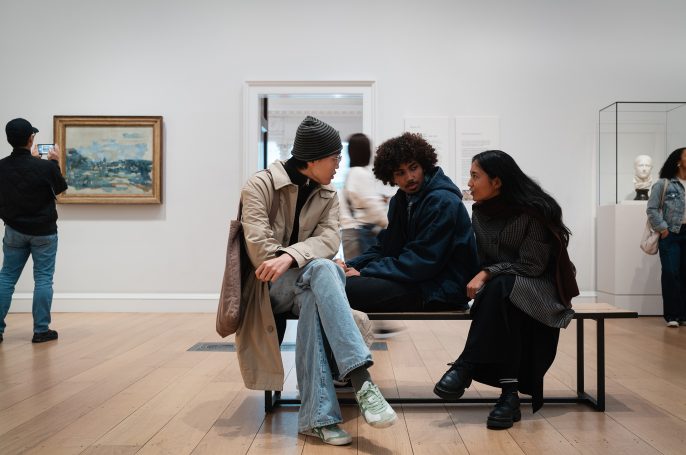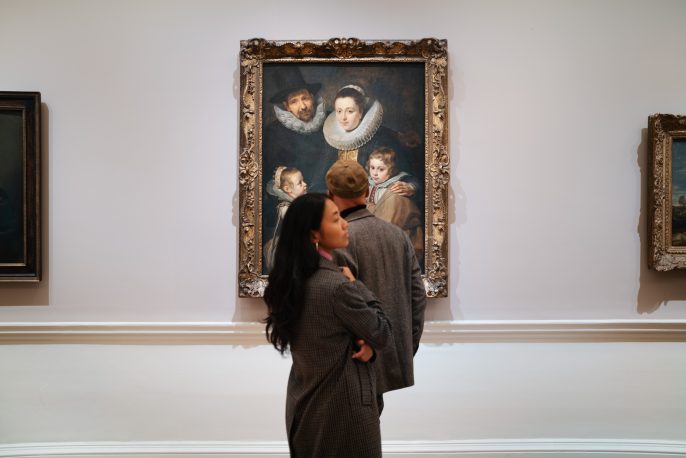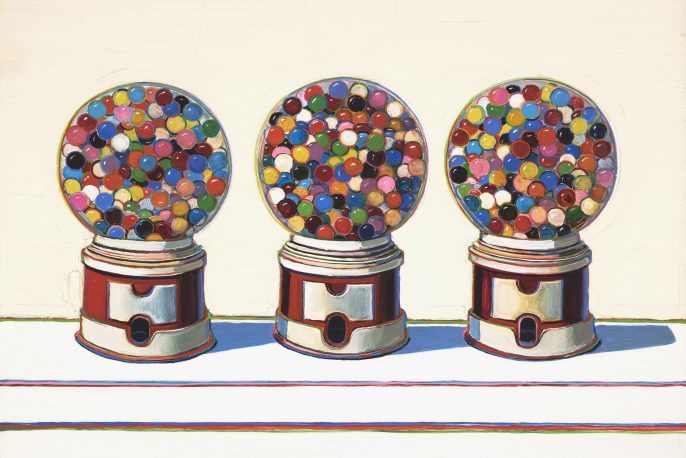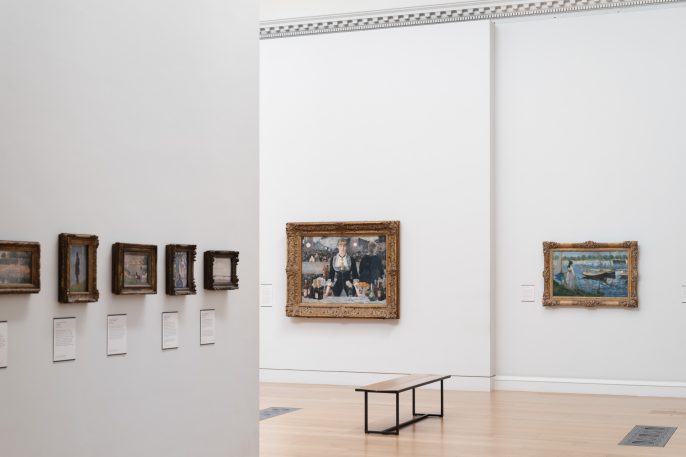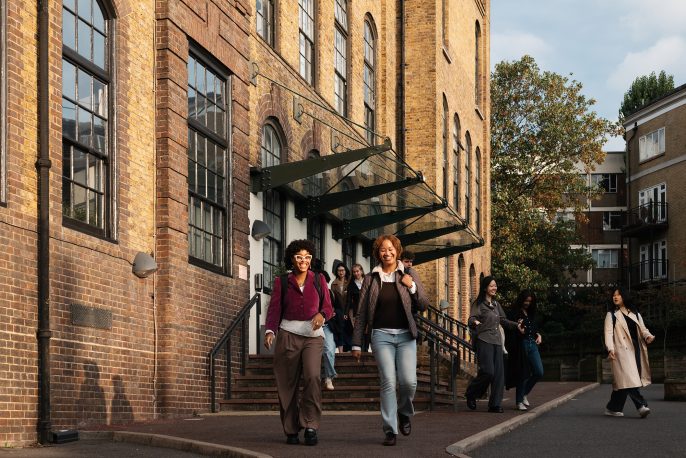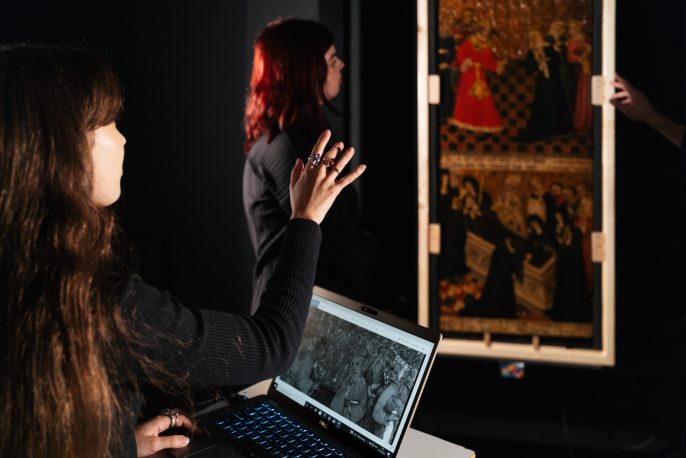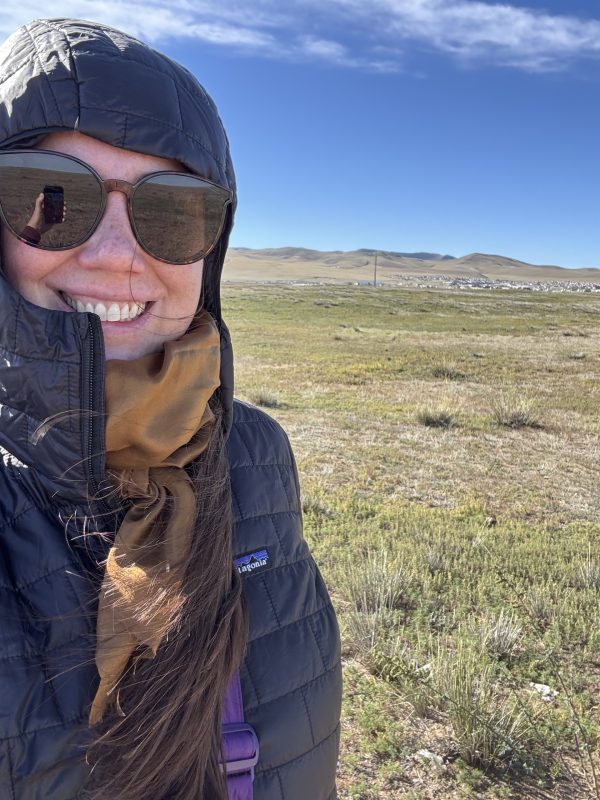Although I had spent years reading about it, I still didn’t know how to spell ‘Karakorum’ (Caracorum; ‘Kharkhorum’; ‘Kharkhorin’; Хархорум; ᠬᠠᠷᠠᠬᠣᠷᠣᠮ ) when we arrived. We entered the restored gates for the first time to explore Erdene Zuu monastery. Inside reconstructed temples, we perambulated through the smell of snuff and sour ‘airag’; Outside, we saw choughs diving between the tiled roofs. Clutching a copy of William of Rubruck’s text, I tried to picture where the beating-heat of the tent city might have been back in 1254, when Möngke Khan once sat enthroned on a three-stepped dais in a gigantic building that – to William – looked like a Christian basilica. Scrambling around the grounds with new friends, we noticed what remained of a raised row of pillars that matched Willaim’s words. From here, I could picture the ‘Silver tree,’ gurgling with rice wine and fermented mare’s milk, shining in firelight.
The next day, guided by a screenshot from a German-led excavation, I set off into a headwind to find the northwest corner of the tent city, where William once attended services in the eastern-most church in the world. A ridge running through the earth like a spine served as the remnant of a busy street, positioned on a north-south axis. I walked through what must have been the craftsmen’s quarters, where thousands of artisans made millions of things. Here, fragments of pottery sat atop the surface, shining in the steppe – some with a slip of mint-green, others in midnight blue and violet – just sitting there, broken but unbothered in the elements. Later, I saw versions of these complete vessels in museum vitrines. I eventually reached a rectangular zone imprinted into the earth that matched the dimensions in my notes. This was it, and this was all that was left of it – the Nestorian church of Karakorum. I thought of the friar’s dear friend, another William – the goldsmith from Paris – and all of the metalwork he made for their meagre services here, with confused chanting in misunderstood Latin, following processional crosses without crucifixes. The church here would never grow, and the site itself would soon lose its power. Standing here, amidst nearly nothing and far away from everything I knew, I finally started to understand the place and its significance. Shuddering with joy, the wind whipped around me, stirring up the steppe’s topsoil – its most patient evidence – as the scent of sea buckthorn rolled in waves across the landscape, all under an endless blue sky.
